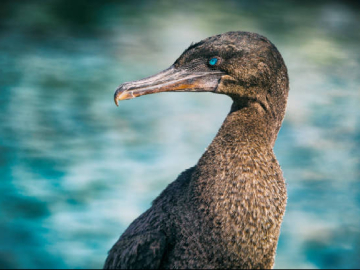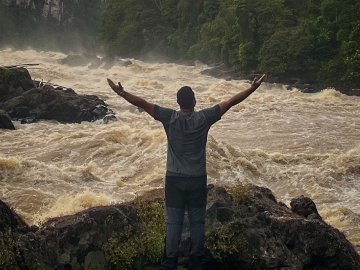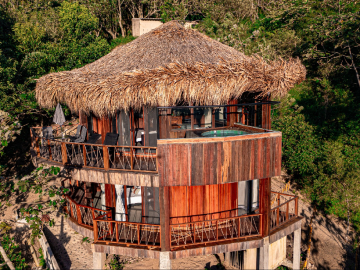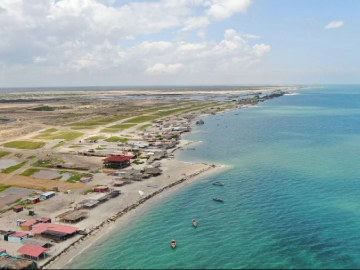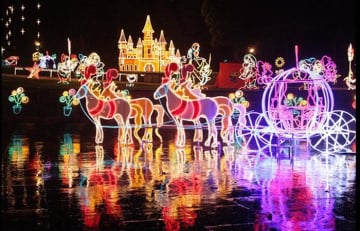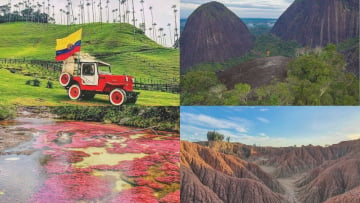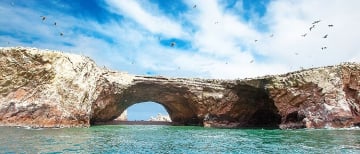Find out what are the Colombian intangible heritages for the world

Learn about Colombia's intangible heritage for the world

Colombia ; the country of flavor, is rich in culture and tradition, proof of this is the large number of fairs and parties that take place in our country each year, adding to them, another large number of cultural fairs and festivals . However, all they seek is to show the diversity of cultures and traditions that is part of every colombian and identifies us around the world. It is precisely these celebrations that UNESCO has recognized as Intangible Heritage of Colombia and humanity in order to protect and safeguard them.
It may interest you: Meet the Heritage Villages of Colombia; the most beautiful villages in Colombia.
Previously, we talked about places and areas protected by UNESCO, which have to do with history and nature , now we give you, the cultural expressions protected by this organization, known as "Intangible Cultural Heritage of Humanity".
It may interest you: The oldest cities in Colombia. Travel magic and charm.
Intangible Heritage of Colombia to the world
The cultural space of Palenque de San Basilio
Palenque de San Basilio , was the place founded by Benkos Biohó, an African slave who one day made his way to freedom with other slaves through impassable roads to reach the Matuna, south of the province of Cartagena. Nowadays Palenque de San Basilio , has 3500 inhabitants and keeps alive the African traditions, songs and dances, as well as the Palenquero language, that's why it is part of the list of intangible heritage of Colombia .
You may be interested: What to do in Cartagena. The best plans to make while you're in The Heroic-
The Baranquilla carnival
Proclaimed in 2003, and registered in 2008, the Carnival Barranquilla , is one of the intangible assets of Colombia, that stands to ratify the multiculturalism of the Caribbean region, as in this event; that is celebrated 4 days before Ash Wednesday, the historical legacy of the natives, the African slaves and the influence of the Spain of the XVI century are merged. It is perhaps one of the most colorful and joyful parties in the country.
The Holy Week processions of Popayán
As one of the oldest traditions in the country, these processions date back to the colonial period and represent the most important religious celebration nationwide. Large wooden images that recreate the different passages of the passion and death of Christ are one of its appeals. The Festival of Religious Music also takes place within the framework of this celebration.
Traditional vallenato music of the Great Magdalena Region
With its characteristic instruments; the accordion, box and guacharaca, vallenato, traditional music of northern Colombia, is a fusion of different cultural expressions like songs from cowboys of Magdalena Grande, songs of African slaves, the rhythms of the traditional dances of the indigenous peoples of the Sierra Nevada de Santa Marta' . All these expressions are also mixed with elements of Spanish poetry and the use of musical instruments of European origin. nostalgic, cheerful, sarcastic and humorous, the lyrics of vallenato interpret the world through stories which combine realism and imagination. Now a days, vallenato is part of the List of Intangible Cultural Heritage of Unesco that is demanding urgent safeguard measures for a new type of vallenato emerging and causing marginalization of this traditional musical genre and by the armed conflict and drug trafficking. The use of street space for parrandas vallenato has been decreasing, whereby this important means of intergenerational transmission of knowledge and musical practices is in danger of disappearing.
Carnival of Blacks and Whites
The Carnival of Negros y Blancos celebrated the first days of the year, in the department of Nariño, in the south of the country, is part of the UNESCO list of intangible heritage of Colombia , because this festival is understood as an native andean and pre-Hispanic custome. Whats most significant and The most significant and striking is that this carnival takes on a deeper meaning calling for equality and unity of all citizens. In recent days people paint their faces black and white as a desire to build a path of tolerance among all.
The normative system of the Wayuu, applied by the pütchipü Üi (Palabrero)
The dialogue as a peaceful tool for the resolution of conflicts is what UNESCO wanted to highlight and protect, including this system to the lis of t intangible heritages of Colombia . The palabrero is a figure that functions as a normative mechanism characteristic of the Wayuu indigenous people, who inhabit the department of La Guajira . In it, the palabrero is the main representative and moral authority whose function is to ensure the harmony of the community through the use of the word.
The marimba music and traditional songs of the Colombian South Pacific and the Ecuadorian province of Esmeraldas
The striking thing about this distinction as one of the intangible heritage of Colombia , is that it is also shared with Ecuador. This celebration represents another of the artistic manifestations of the Afro-Colombian culture that evokes nature; in it, men and women sing poems and stories while moving their bodies to the rhythm of the Marimba; handmade instrument made with materials from the region. These verses were used, in other times, in the education of the slaves, today they are deeply rooted in the daily lives of the people living in this region.
Traditional Knowledge of Jaguares Shamans of Yuruparí.
Registered as one of Colombia's intangible heritage , the traditional knowledge of the Jaguares shamans of Yaruparí synthesizes the ethnic heritage of the groups that settle on the banks of the Pirá Paraná River in the southeast of the country. The Juagares de Yaruparí have a rich and extensive calendar of rituals for the revitalization of nature, healing the sick and disease prevention. These rituals are transmitted from generation to generation by the male.
Festivity of San Francisco de Asís
The Fiesta de San Francisco de Asis is the most important event of life in Quibdo . These festivities are celebrated from September 20 to October 5 from three to seven in the morning, and in these, the chirimías and dances play a fundamental social and political role of denouncement. This celebration that fuses the highly religious sense of the population and the symbolism of African culture, seeketh that the society sectores are represented, reason why, UNESCO decided to include it in its list of intangible heritage of Colombia.
Some travel guides that may interest you
Actividades relacionadas
Estos son los las actividades relacionadas con el articulo
Articulos relacionados
Estos son los articulos relacionados



